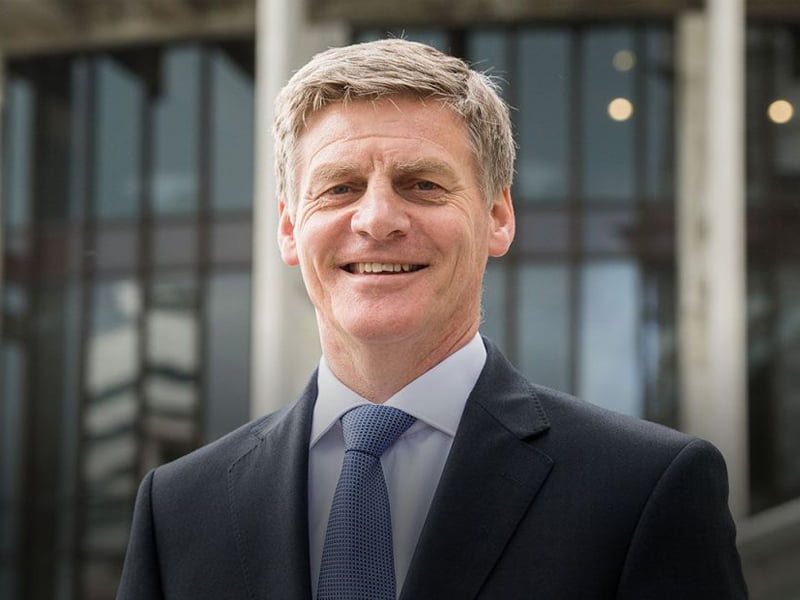More than two weeks after the Australian and New Zealand governments unveiled a bilateral Science, Research and Innovation Cooperation Agreement, details of initiatives under the treaty have now emerged.
The agreement, signed on 17 February after a year of intense negotiations, aims to be a “significant addition to Closer Economic Relations and part of the Single Economic Market agenda”.
Under the agreement sits a new framework for Australia and New Zealand’s science, research and innovation cooperation – considered vital by both for economic growth – and forms a foundation for developing a trans-Tasman innovation ecosystem.

“Australia and New Zealand will work together to tackle chronic disease, advance general health care and improve the accuracy and availability of GPS signals as part of our commitment to increase collaboration on research and innovation,” a spokesman for the department for Industry, Innovation and Science.
“Both countries have felt the challenges of industry transition and recognise the need to adjust and adapt. Science, research and innovation are crucial to achieving our goals and ambitions.”
Both governments recognise the importance of science, research and innovation in driving economic growth, lifting productivity and supporting the transition of key sectors.
Australia has addressed this through the National Innovation and Science Agenda – which was released in December 2015 – while New Zealand has its parallels in its Business Growth Agenda and National Statement of Science Investment 2015-2025.
A wide array of initiatives are possible under the agreement, from government-to-government projects to individual researcher collaboration. Based on the new framework, the agreement will be delivered through a set work program that would be reviewed and renewed annually.
Over time, the work program could cover opportunities for cooperation in other regions or on mutually agreed international opportunities; research prioritisation and funding; as well as research protocols and regulations.
It could also extend to exchange of experts, expertise, policy, research and information; collaboration on large-scale projects and major research and development initiatives; the development of business and institutional science; and, many others.
Shared science, research and innovation priorities, and aligned resources and expertise will deliver better and bigger outcomes than what each country can achieve alone.
One of the key next steps is to enhance collaboration between the Australian Commonwealth Scientific and Industrial Research Organisation (CSIRO) and various New Zealand research institutions.
The New Zealand Ministry of Primary Industries and CSIRO will complete a mapping exercise in primary sector research areas, while the New Zealand Ministry of Business, Innovation and Employment, the CSIRO and relevant New Zealand research institutions will explore areas of mutual interest.
The Satellite-Based Augmentation System (SBAS) is an example of the two countries working together. Australia and New Zealand will undertake a joint trial of a second-generation SBAS for the delivery of high integrity positioning, navigation and timing data.
SBAS uses space- and ground-based infrastructure to improve the accuracy, integrity and availability of signals from multiple Global Navigation Satellite Systems (GNSS), like GPS. The testing will allow the region to explore the link between precise positioning, productivity and innovation in nine distinct sectors: agriculture, aviation, construction, maritime, mining, rail, road, spatial and utilities.
The trial will add world-leading technology know-how and GNSS expertise to both countries at a time when SBAS is the international standard for the delivery of precise and high-integrity positioning, navigation and timing data. The test will be run out of the Cooperative Research Centre for Spatial Information.
There are also opportunities to work together in chronic disease management. With New Zealand’s decision to join the Global Alliance for Chronic Disease (GACD), its membership is expected to bring huge potential to cooperate on GACD research programs to enable knowledge sharing and capacity building, and to improve health outcomes across the region and the world.
The GACD is a collection of the world’s largest public research funding agencies that coordinates and supports research activities that address the prevention and treatment of chronic non-communicable diseases on a global scale.
Implementation of the framework will be monitored through the Department of Industry, Innovation and Science and the New Zealand Ministry of Business, Innovation and Employment. It will also be overseen by existing government mechanisms such the Single Economic Market Senior Officials Meetings.
“Cooperative activities supported by the Australian Government will be closely aligned to its Industry Growth Sector priorities and the Science and Research priorities,” said the ministry spokesperson.
Do you know more? Contact James Riley via Email.

